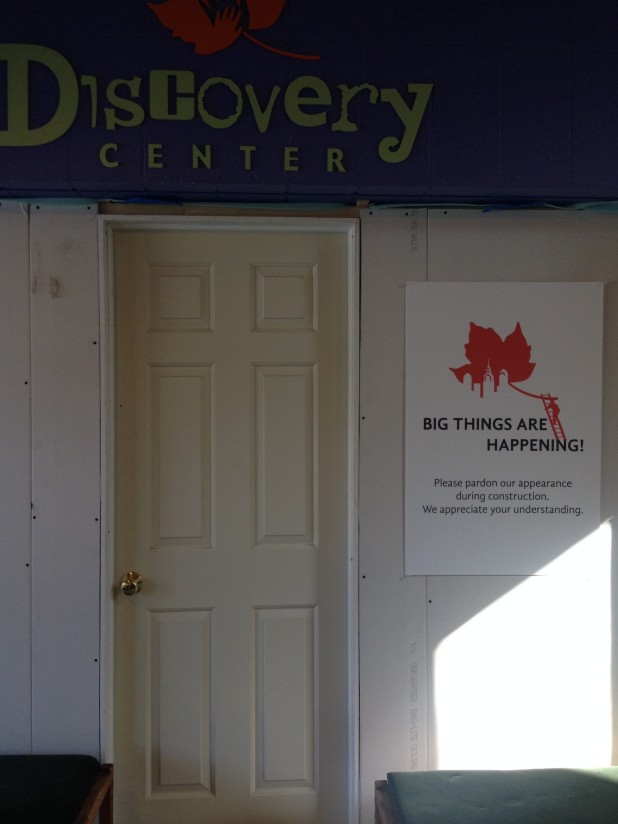By Mike Weilbacher, Executive Director
It’s still deep in the winter, so it’s not too surprising that the city’s mayoral race has barely begun heating up, and candidates are still sorting themselves out. As of this writing, the May Democratic primary features quite a range of experiences: former DA Lynne Abraham, former Common Pleas judge Nelson Diaz, former councilman James Kenny, former senior VP at the Gas Works Doug Oliver, state senator Anthony Williams, and possibly even former state senator Milton Street, a former mayor’s brother.
On the Republican side, while both newly retired Pennsylvania Supreme Court justice Ron Castille and businessman Sam Katz opted out, only a few are considering dipping their toes in the water, including business executives Elmer Money and Melissa Murray Bailey.
For you, a resident of the city, what are your issues in the next mayoral race? The economy? Always. Public safety and crime? Of course. Taxes? Sure.
The environment? Likely not so much.
Interestingly, because of the controversy surrounding fracking, the environment has risen to the top of the statewide political agenda, and new Governor Tom Wolf scored headlines recently when he banned fracking in state parks, reversing previous Governor Tom Corbett’s policy—with area State Representative Pam DeLissio right at the new governor’s side at the signing.
And the environment has not been a complete stranger to Philadelphia’s mayoral races: for the 1991 campaign won by Ed Rendell, solid waste and recycling was a huge issue, inspired in part by 1990’s wave for support for the environment coupled with the city’s waste options dwindling at the time. Yes, necessity is not only the mother of invention, but the father of attention in political campaigns.
Mayor Nutter ran smartly on a sustainability campaign, establishing the Office of Sustainability in City Hall, an office recently made permanent, and he has been a champion of bikes and The Circuit, the region’s burgeoning 700-mile trail biking-hiking system.
So what are the environmental issues in Philadelphia, especially in the Northwest? What great green actions would you like the next mayor to take?
Open space is huge hereabouts, as the real estate market recovers and developers begin eying tracts of undeveloped land in places like Upper Roxborough.
There are many areas of the city without parks, or without good parks with working amenities, and THAT should be on the next mayor’s radar screen.
Housing should not only be affordable, but sustainable. Can we combine the two?
Philadelphia sits at the confluence of two great rivers. River-rich, we should be bringing people down to the rivers for recreation, like Destination Schuylkill River does, and the water should be of a quality high enough not to endanger those people.
Finishing The Circuit is a huge project with only upsides for all residents of the region.
The Schuylkill Center two weeks ago hosted a lecture by artist Mary Mattingly, who built a floating houseboat for the Fringe Festival last fall, a boat reminiscent of a Philadelphia rowhouse sinking slowly into the river. She was using “WetLand” to discuss climate change, which will cause the tidal Delaware River basin to rise measurably—is Philadelphia ready for this? Planners are already discussing phrases like “climate mitigation,” referring to heat waves, droughts, floods, rising waters… Should politicians be discussing this as well? Should we?
Lynne Abraham’s website says she is “running for mayor to transform Philadelphia into America’s Next Great American City.” That’s fine. Tony Williams’ site notes his big three issues: education, public safety, economy.” Also fine. But can we be a great city if we are unprepared for the river’s rise? Can we enjoy public safety if the summer swelters under heat waves?
What environmental issues do you think the next mayor should work on? Tweet me @SCEEMike, I’ll publish your responses, and let’s begin a long, overdue conversation.
This piece was first published in the Roxborough Review on Thursday, February 12, 2015 in the column Natural Selections.



